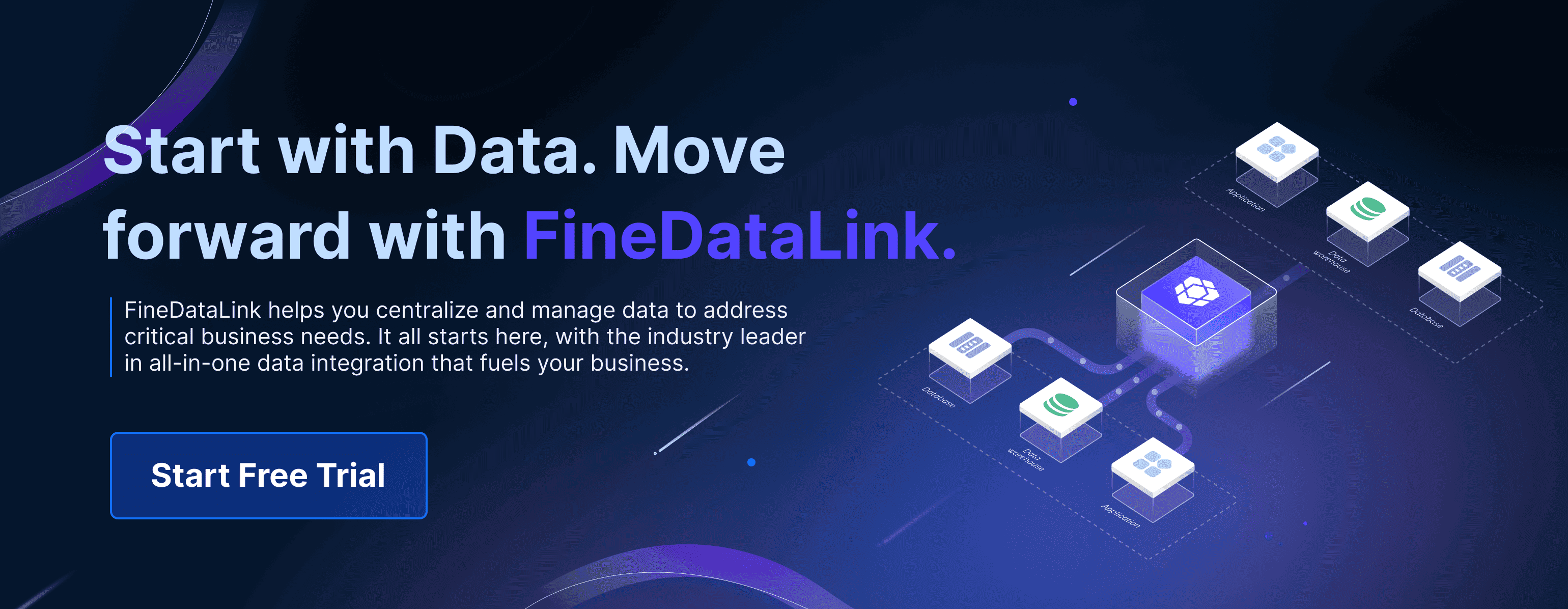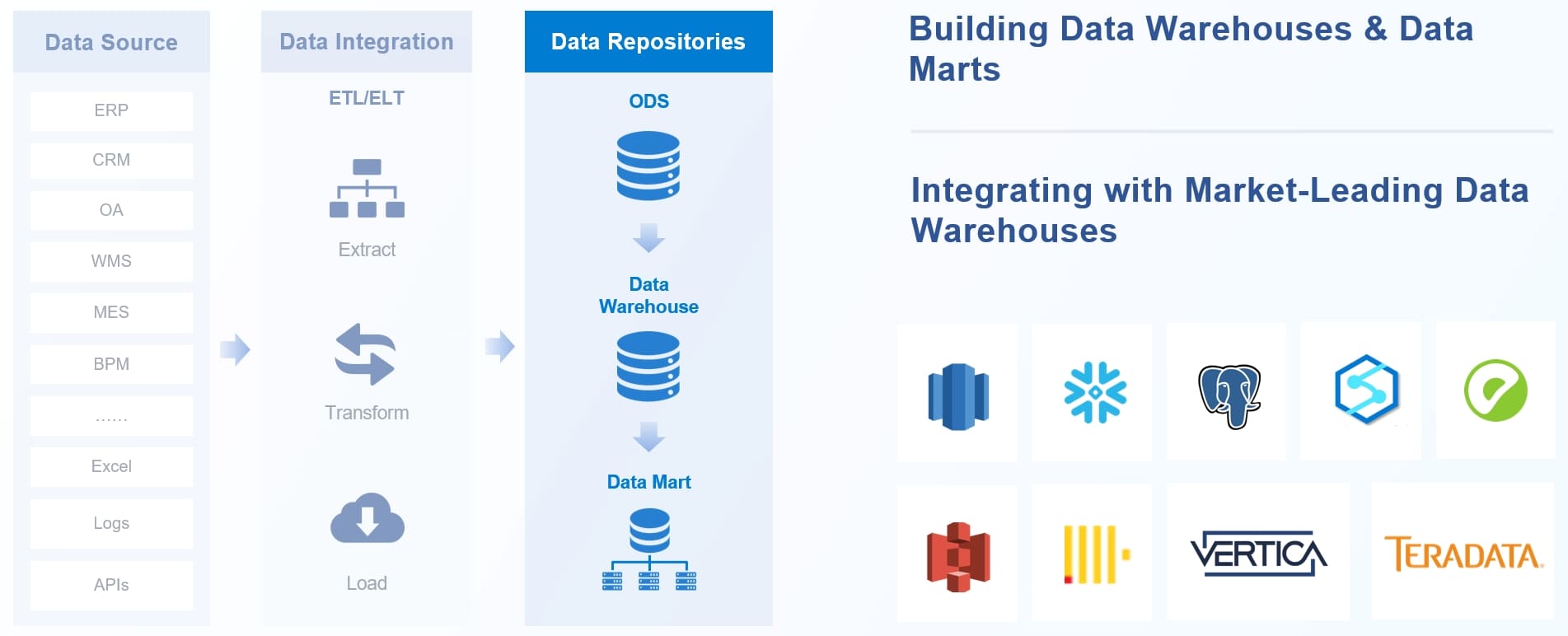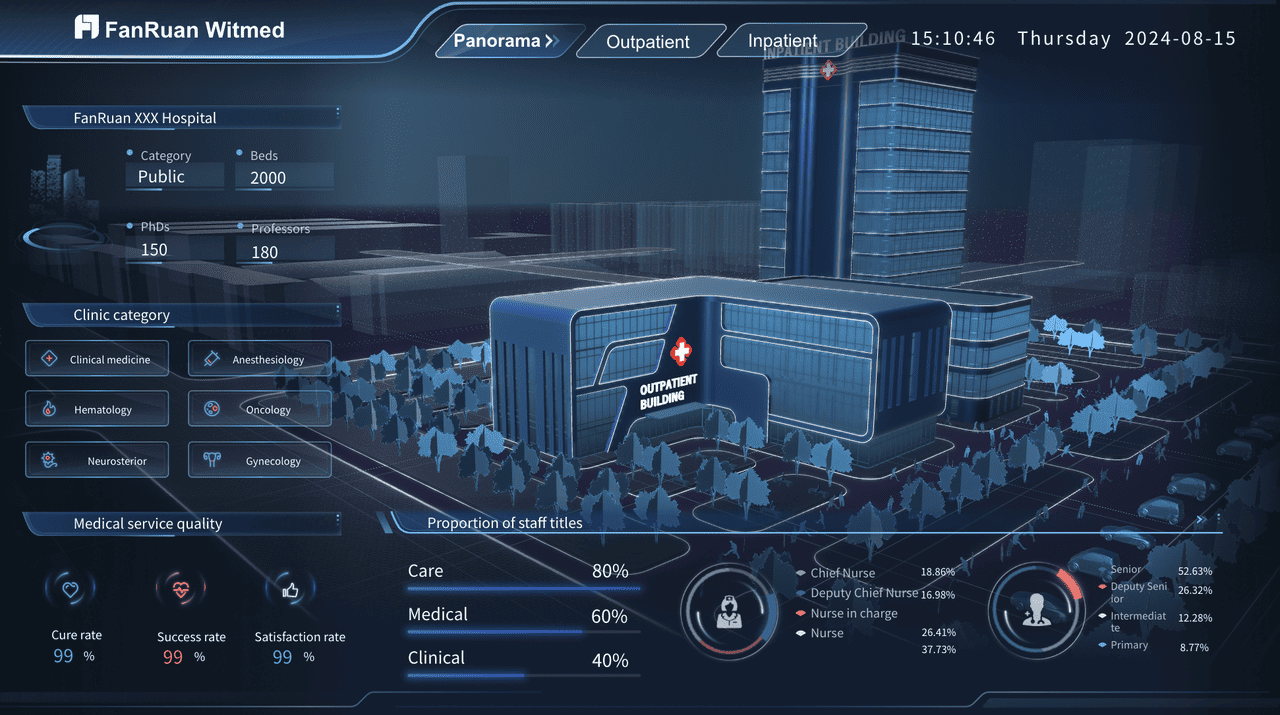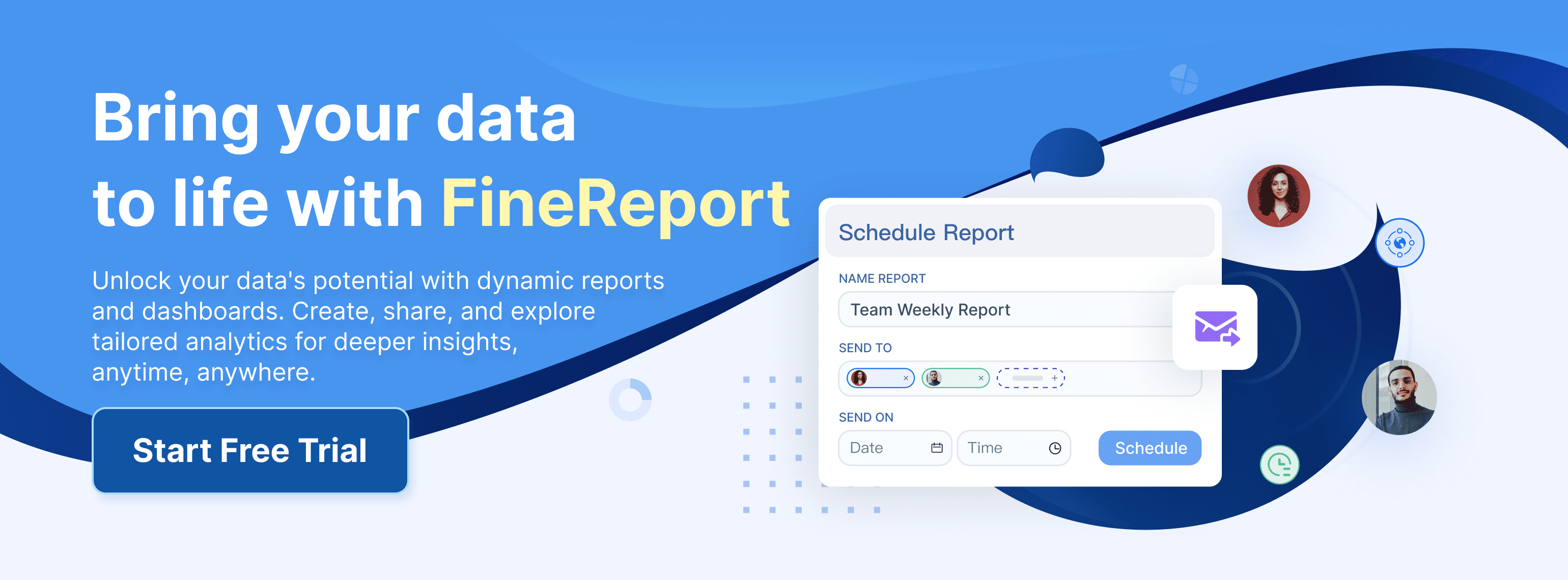

A physical model helps you see how something works. It shows the shape, structure, or function of an object. Scientists say a physical model is like the real thing. You can touch or look at a physical model. This makes hard ideas easier to understand. For example, you can use a physical model to test a bridge. You can also study how air moves over a car. Many businesses use physical models to fix problems and share ideas. FineDataLink uses physical model ideas to organize and link information. This helps people make better choices.
Physical models make learning fun and hands-on. You can build, test, and change ideas before using them in real life.
Physical Model Basics
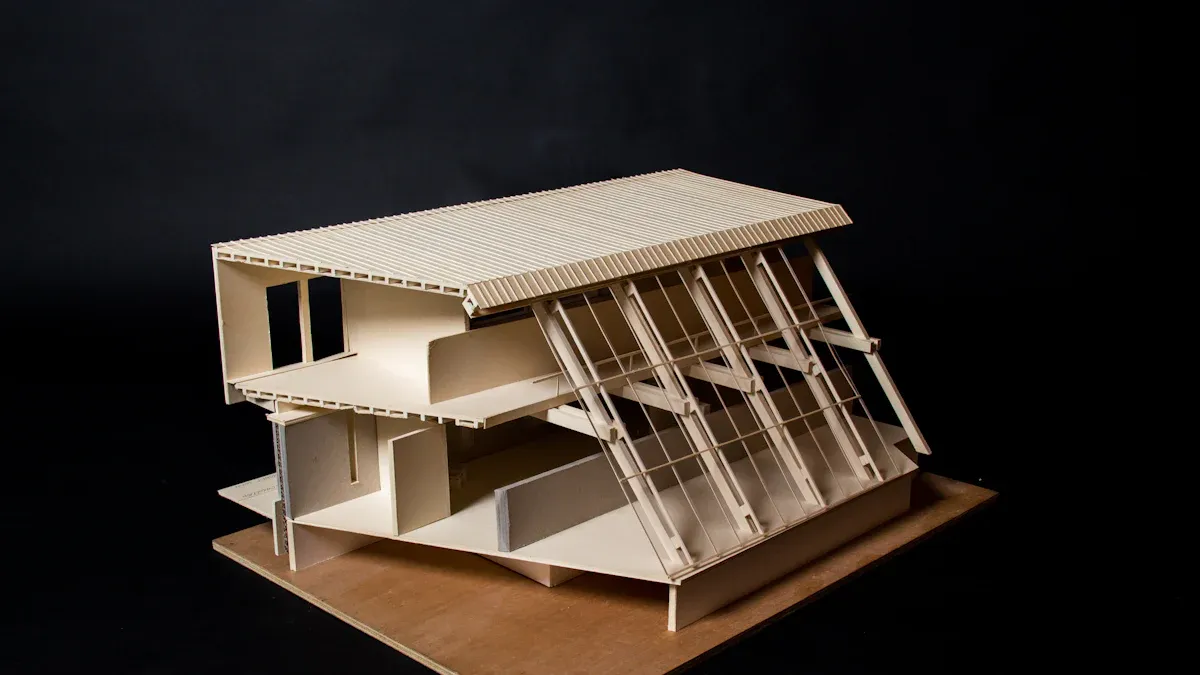
What Is a Physical Model
When you want to see and touch something that stands for another thing, you use a physical model. A physical model shows what a system looks like or how it works. For example, you might build a small bridge to see how much weight it can hold. You could also make a model airplane to watch how air moves over its wings. Physical models are different from mathematical or logical models because you can hold and see them. Mathematical and logical models are more about ideas and numbers.
Physical models let you learn by touching and using them.
Some common examples are:
- Scale models used in wind tunnels
- Material analogies that help show how the real thing works
Key Features of Physical Model
Physical models have some important features. You can look at the table below to see these features:
| Characteristic | Description |
|---|---|
| Representation | Shows what a physical system looks like and how it works |
| Description of State | Tells about the system, its parts, and how they work together |
| Changes of State | Shows how the system acts and changes over time |
| Cognitive Aspect | Helps you connect to science rules and ideas in your mind |
| Applicability | Can be used for many things or just one special thing |
| Multiple Representations | Uses different ways to help you learn and use the model |
Physical models help you learn better. You can try out ideas safely and explain them to others. You get to use your hands, which helps you remember and understand more.
Tip: With a physical model, you can test things and see what happens without any real danger.
Physical Model vs Other Models
Physical models are not the same as mathematical, conceptual, or digital models. The table below shows how they are different:
| Model Type | Construction Characteristics | Application Characteristics |
|---|---|---|
| Physical Model | Made from real stuff; you can touch and see it | Used to study big, small, or tricky things in real life |
| Mathematical Model | Uses math and formulas; you cannot touch it | Helps you guess what will happen by using math |
| Conceptual Model | Uses words to explain ideas and how things connect | Lets you think about causes and effects without building |
| Digital Model | Made on computers; can change quickly | Lets you test things on a screen and share them easily |
Physical models give you real results and let you try out materials and actions. Digital models are faster and cheaper, but you cannot touch them. Mathematical and conceptual models help you think about systems, but they do not show you what things look or feel like.
Note: Each model type is good for different reasons. Pick the one that fits your needs best.
Physical Model in Practice
Applications of Physical Modeling
You can find physical modeling in many places. People use it in engineering, science, and design. When you make a small bridge or airplane, you test ideas first. You can touch and change these models. This helps you learn how things work and break.
3d model created by FineReport(click to engage)
Physical modeling lets you study big systems in a small way. You can put parts together to see how a system works. You save money and time by not making full-size things. You use physical modeling to test and find problems early.
Here is a table that shows modeling methods and what they do:
| Modeling Method | Description |
|---|---|
| Decision analysis models | Show health care pathways and effects of actions |
| Decision tree models | Use tree-like graphs to show choices and results |
| State transition models | Show changes over time, often in health economics |
| Markov cohort simulation | Simulate groups moving through different health states |
| Individual-based microsimulation | Model how individuals act and interact |
| Dynamic transmission models | Show how diseases spread in groups |
| Agent-based models | Simulate actions of independent agents |
| Example Applications | Estimate long-term benefits, study disease spread, test interventions |
Physical modeling has changed a lot over time. Now, you use design software and AI to make models faster. These tools help you design better and make fewer mistakes. You can see the effects in this table:
| Evidence Description | Impact on Physical Models |
|---|---|
| Modern CAD software with advanced simulations | Less need for physical prototypes, saves time and resources |
| AI integration for design tasks | Fewer errors, better designs |
| Digital tools for manufacturing precision | More accurate products, fewer revisions |
| Advanced design software for prototyping | Faster, more creative manufacturing |
Physical modeling helps you fix problems and make new things. You can test ideas, see what happens, and change them before building. Designers use physical modeling to think in new ways. This helps them find creative answers and make better products.
Here are some good things about physical modeling in product design:
| Benefit | Description |
|---|---|
| User-Centric Design | Helps you understand users and test how things work |
| Iterative Exploration | Lets you change and improve ideas many times |
| Enhanced Collaboration | Makes it easier for teams to share and discuss ideas |
You use physical modeling to see how buildings handle stress. You can study how soil moves under buildings and how earthquakes affect safety. Here are some important uses:
| Application Area | Impact |
|---|---|
| Fatigue Loading Regimes | Shows how different loads affect safety and cost |
| Soil-Structure Interaction | Helps you see ground movement and possible damage |
| Seismic Behavior Simulation | Lets you study earthquakes and ways to protect buildings |
| Design Process Improvement | Speeds up design, gives more choices |
- You model big systems in a small way to see everything.
- You put parts together to show the whole system.
- You save money by doing fewer experiments.
Physical modeling gives you a hands-on way to learn and test ideas. You see results fast and can share them with others. This makes physical modeling important in many jobs.
FanRuan and Data Integration
You use physical modeling ideas when working with data, too. FanRuan and FineDataLink help you organize and connect data from many places. You build a strong data layer for business intelligence. This helps you see patterns and make smart choices.
FineDataLink uses modeling to link data from different systems. You can move, clean, and share data in real time. You do not need to write code for every step. You use visual tools to set up how data moves. This makes your job easier and helps you avoid mistakes.
Physical modeling in data integration helps you:
- Build a clear structure for your data.
- Test how data moves and changes.
- Find and fix problems before they hurt your business.
You use modeling to connect data, make it better, and help with decisions. FanRuan gives you tools to manage data and share insights. You use physical modeling ideas to make your data work for you.
Tip: Using physical modeling in data integration makes your business smarter and faster.
Real-World Physical Model

Architecture and Design of Physical Model
You see physical models a lot in architecture. When you want to show a design, you use architectural models. These models let you see buildings before they are built. You can make them from cardboard or use 3D printing. They help you learn about the size and shape of a building. You can also see how a building fits with other things nearby.
Architectural models have many uses. You use them for planning and testing ideas. They help you share your ideas with clients and teams. You can find problems early and fix them before building starts. Here is a table that shows different scales and what they are for:
| Scale | Application |
|---|---|
| 1:50000 | Regional planning |
| 1:2000 | Master planning |
| 1:1000 | Site planning |
| 1:500 | Building design |
| 1:200 | Detailed building design |
| 1:100 | Interior design |
| 1:50 | Detail drawings |
| 1:20 | Furniture design |
| 1:10 | Product design |
| 1:5 | Very detailed product design |
You pick the scale that fits your project best. Physical models help everyone see the same idea and understand it.
Medical and Scientific Models
Physical models are important in medicine and science. You use them to study the body, cells, or molecules. These models help you see things that are too small or hard to understand. For example, you might use a heart model to learn about blood flow. You could use a ball-and-stick model to study molecules in chemistry.
3d dashboard created by FineReport(click to engage)
Studies show physical models help students learn more. You can touch and see the parts, which helps you remember better. Here is a table that compares physical models to other learning tools:
| Teaching Aid | Mean MRI Assessment Score | Student Feedback |
|---|---|---|
| Physical model | 86.39% | More positive feedback |
| Textbooks | 62.61% | Less effective |
| 3D computer model | 63.68% | Some limitations |
Physical models make hard ideas easier to see. They make learning more fun and hands-on. You can use them to show ideas to other people.
Engineering Prototypes
In engineering, you use physical models called prototypes. These prototypes show your ideas in real life. You can test how a product works before making the final version. For example, you might build a car model for a wind tunnel test. You can also make prototype vehicles to check safety and performance.
Physical models help you find problems early. You can fix things fast and save money. Here are some good things about using physical models:
- You find and fix problems before making lots of products.
- You test how things work in real life.
- You make your design better with feedback.
- You build trust with investors and partners.
Physical models let you try new ideas and see what works. They give you something real to test, which digital models cannot always do.
Tip: When you use physical models, you turn ideas into things you can see, touch, and test.
Benefits and Challenges of Physical Model
Advantages of Physical Models
Physical models give you many good things. You can touch and move them. This helps you learn better. You see how parts fit and work together. Hard ideas become easier to understand. Using your hands and eyes helps you remember more.
- Physical models help you learn by touching and seeing.
- You remember better because you use more senses.
- You get better at seeing how things connect.
- You focus more because models make ideas simple.
Physical models let you try and test ideas safely. You can change parts and see what happens.
You find these benefits in schools and labs. Students who use physical models often do better in science and math. The table below shows how physical models help learning:
| Evidence Description | Findings | Implications |
|---|---|---|
| Physical models reduce cognitive load | Students remember hard ideas better and feel less stress. | You can learn tough topics more easily. |
| Models improve spatial visualization | Students see shapes and structures more clearly. | You get better scores in science and math. |
| Gender-specific learning gains | Girls sometimes learn more from physical models than boys. | Physical models help close gaps in learning between boys and girls. |
Limitations to Consider
Physical models have some problems too. It can be hard to make them the right size. Not all parts can be scaled the same way. You need special skills to build good models. Sometimes, you spend more money and time than you think.
- Making physical models the right size is hard. You need different ways for different parts.
- Some features cannot be copied exactly, so results may not match real life.
- You need extra tools and materials, which can cost more.
The table below compares physical models to virtual models:
| Aspect | Physical Models | Virtual Models |
|---|---|---|
| Adaptability | Less adaptable, limited changes | Highly adaptable, easy to update |
| Long-term Maintenance | Needs more care and repairs | Lower cost, easier to maintain |
Think about your goals before picking a physical model. Sometimes, a digital model is better for quick changes and updates.
Physical models help you learn and test ideas, but you must plan for cost and time. You get hands-on experience, but you may need to fix or rebuild your model as you learn.
You find physical models in many places, like schools and factories. They help you understand hard ideas and make smart choices.
- Physical models let you test things and see how they work.
- You use them to fix problems and share your thoughts with others.
- Today, companies use physical models to make digital twins better and improve 3-d models.
“This is the first time I’ve seen the whole system at once.” Physical models help you see everything together.
- You build better teams by working with models.
- You make projects easier to talk about and more fun for everyone.
FanRuan
https://www.fanruan.com/en/blogFanRuan provides powerful BI solutions across industries with FineReport for flexible reporting, FineBI for self-service analysis, and FineDataLink for data integration. Our all-in-one platform empowers organizations to transform raw data into actionable insights that drive business growth.
FAQ
You use a physical model to see, touch, and test ideas. It helps you understand how something works or looks. You can find problems and fix them before building the real thing.
Physical models let you use your hands and eyes. You remember more because you see and touch the parts. You can test ideas and learn from mistakes. This makes learning easier and more fun.
Yes! You use physical models to test bridges, cars, or even body parts. Engineers and scientists use them to study how things move or react. You can see results before making the real object.
You use physical modeling to organize and connect data. This helps you see patterns and make smart choices. You can test how data moves and fix problems before they affect your business.


